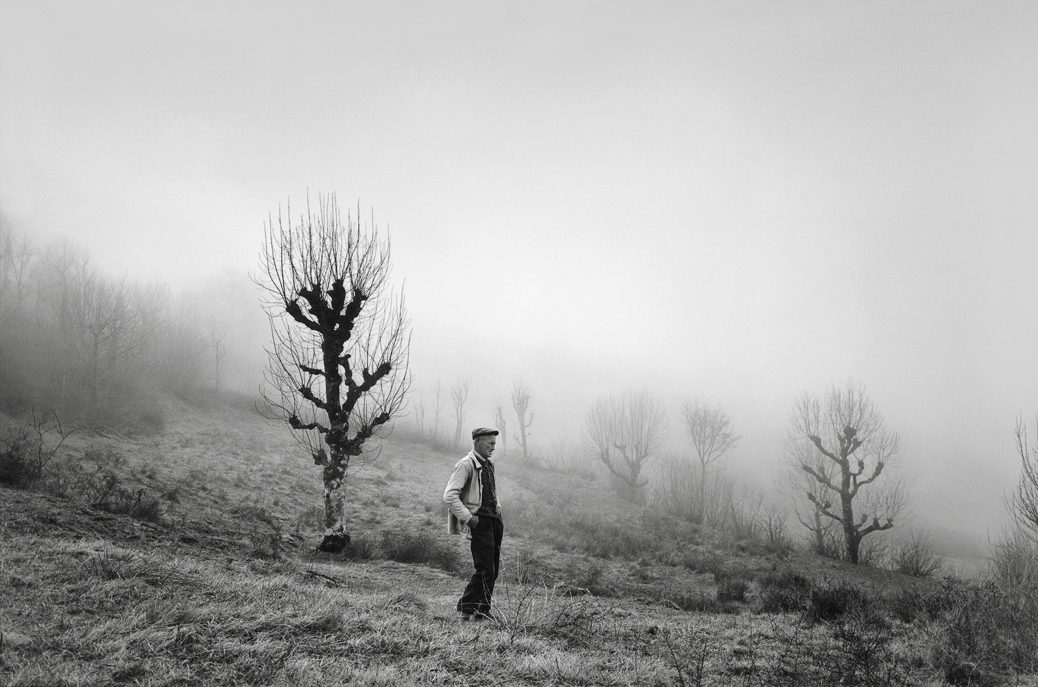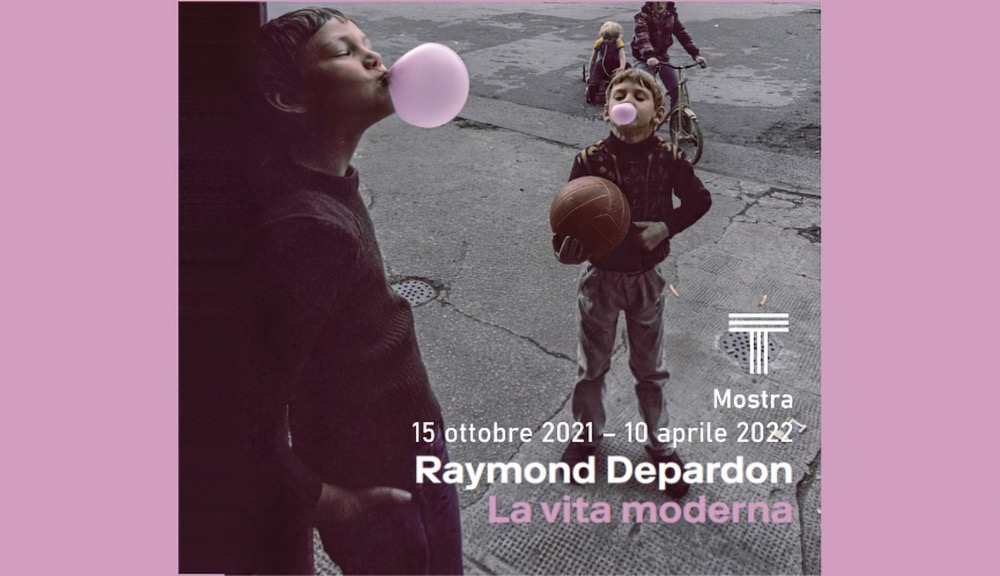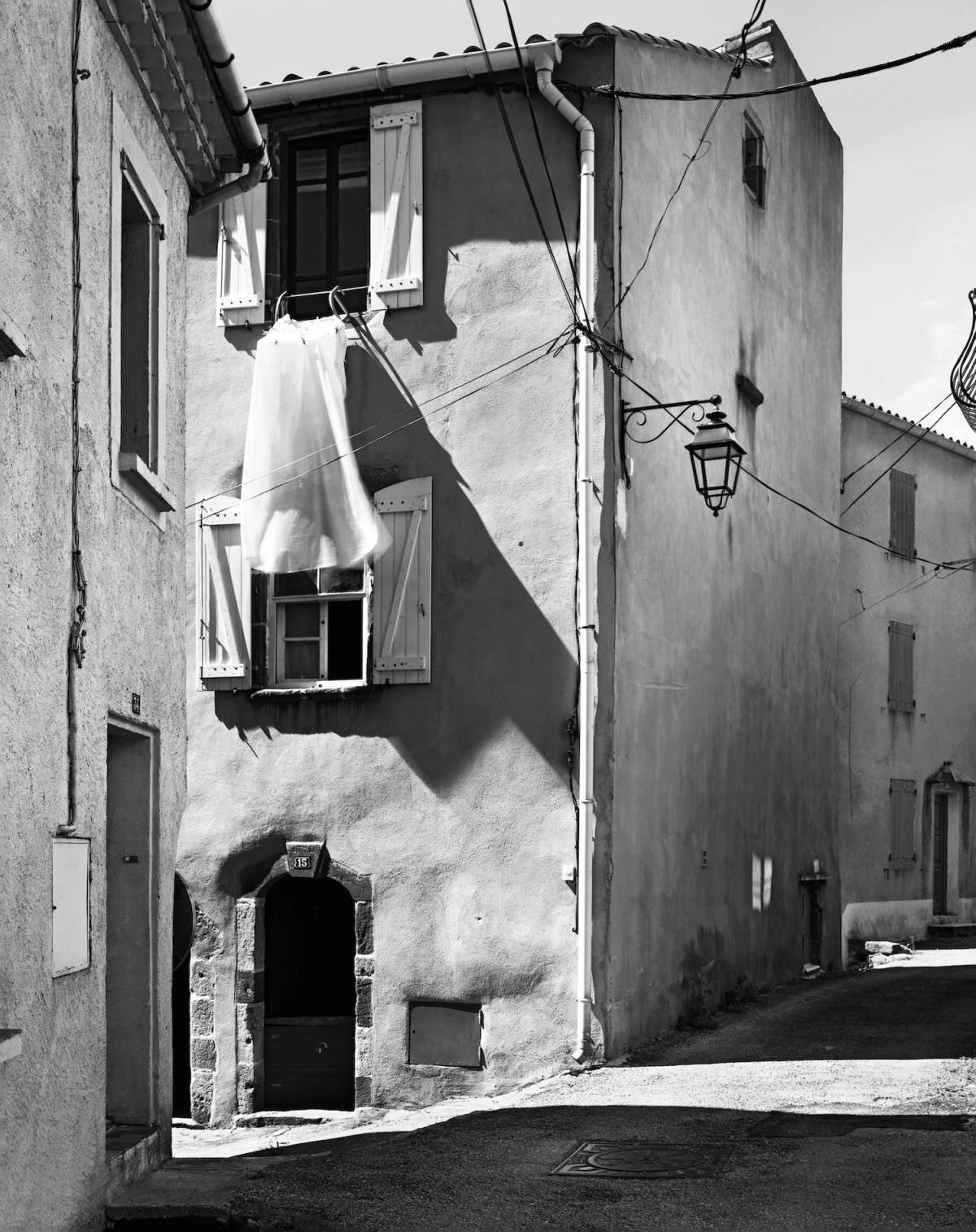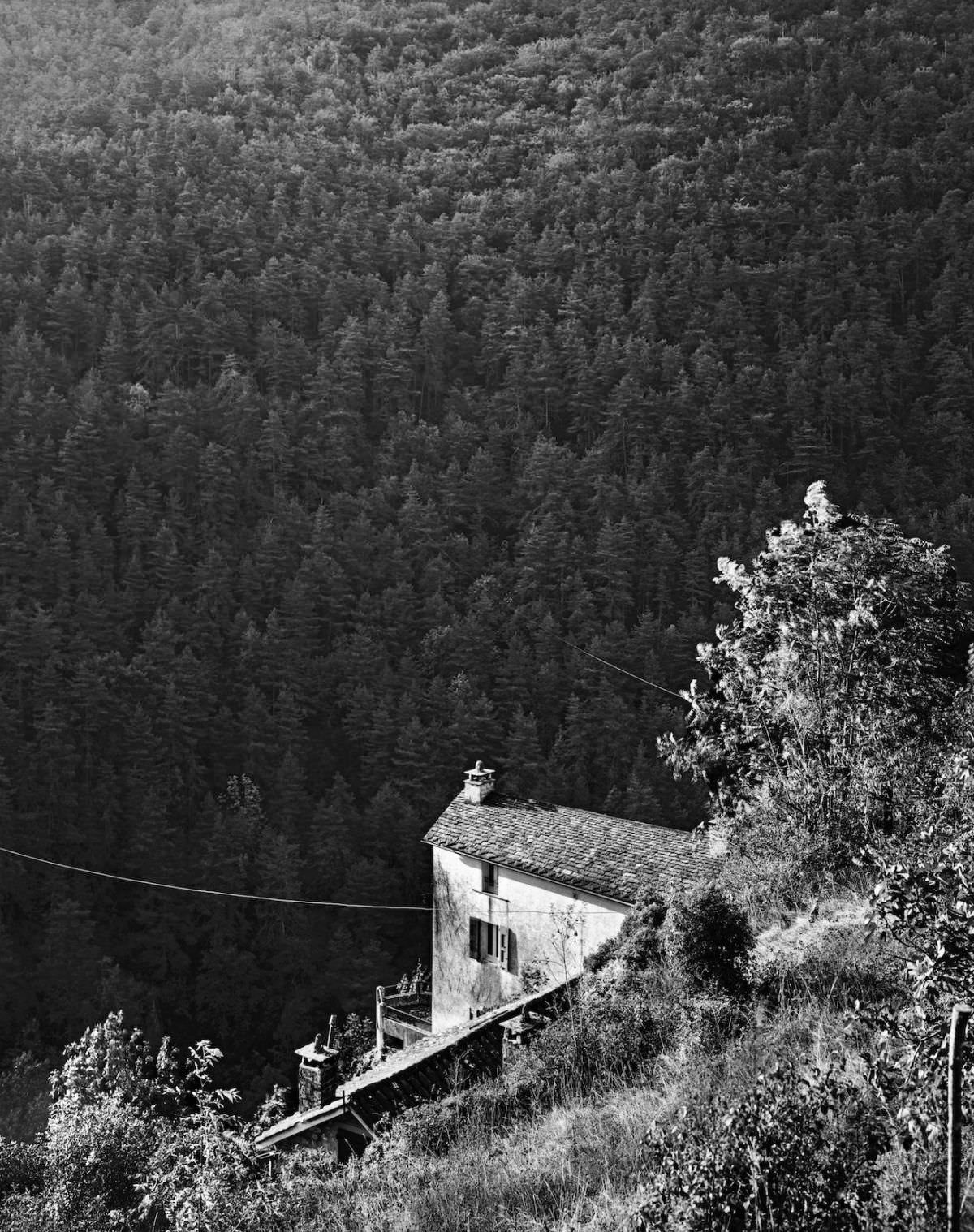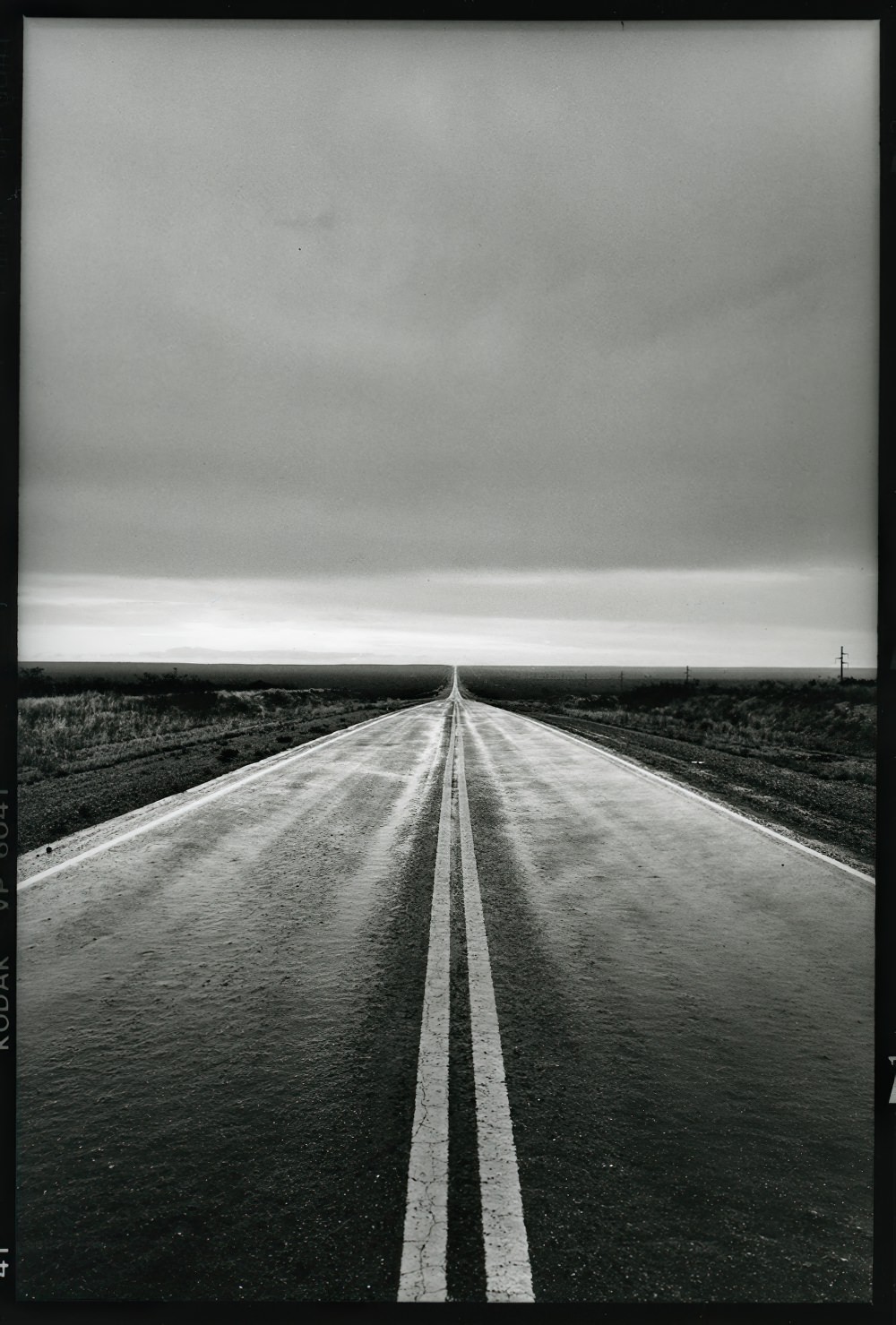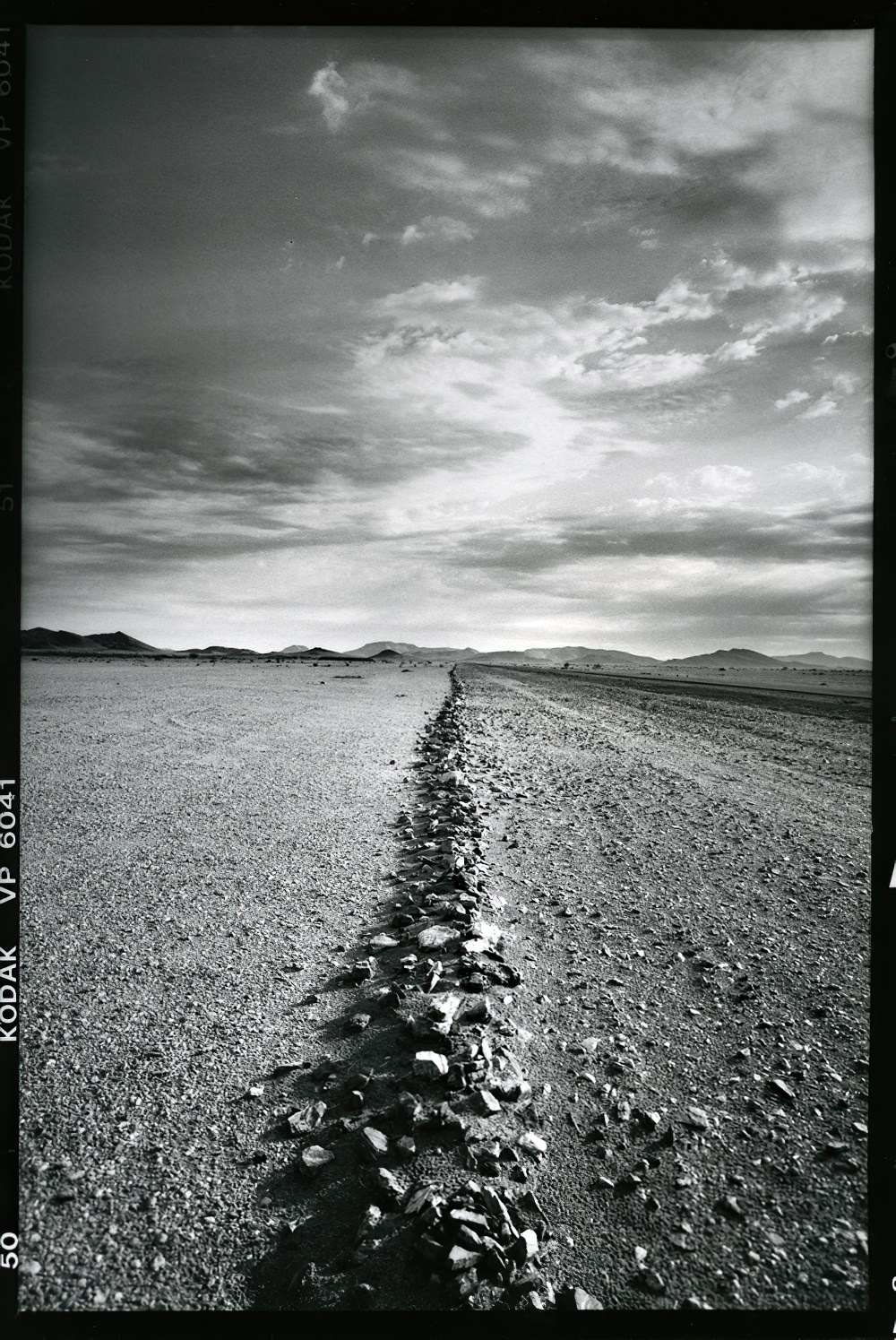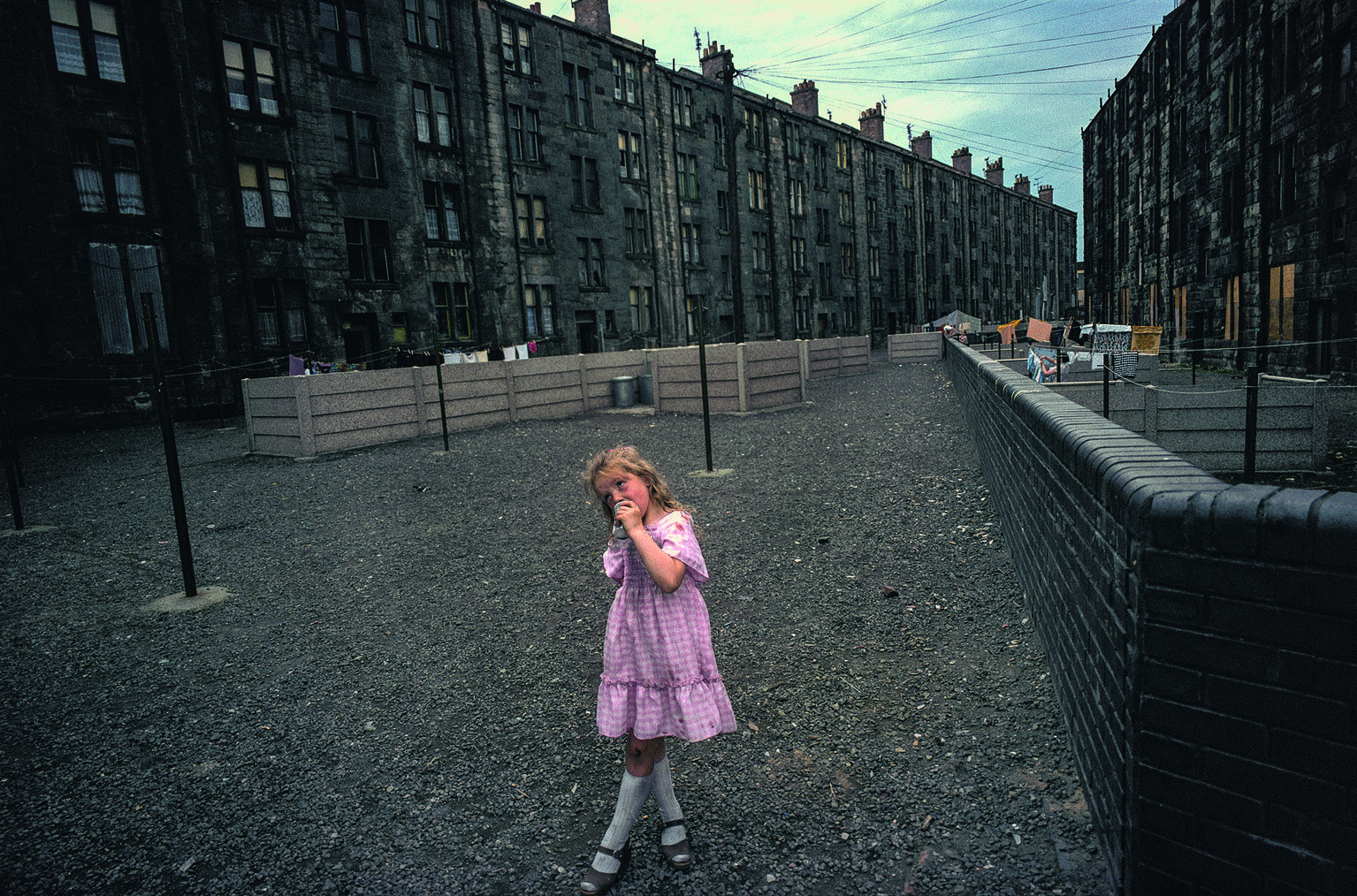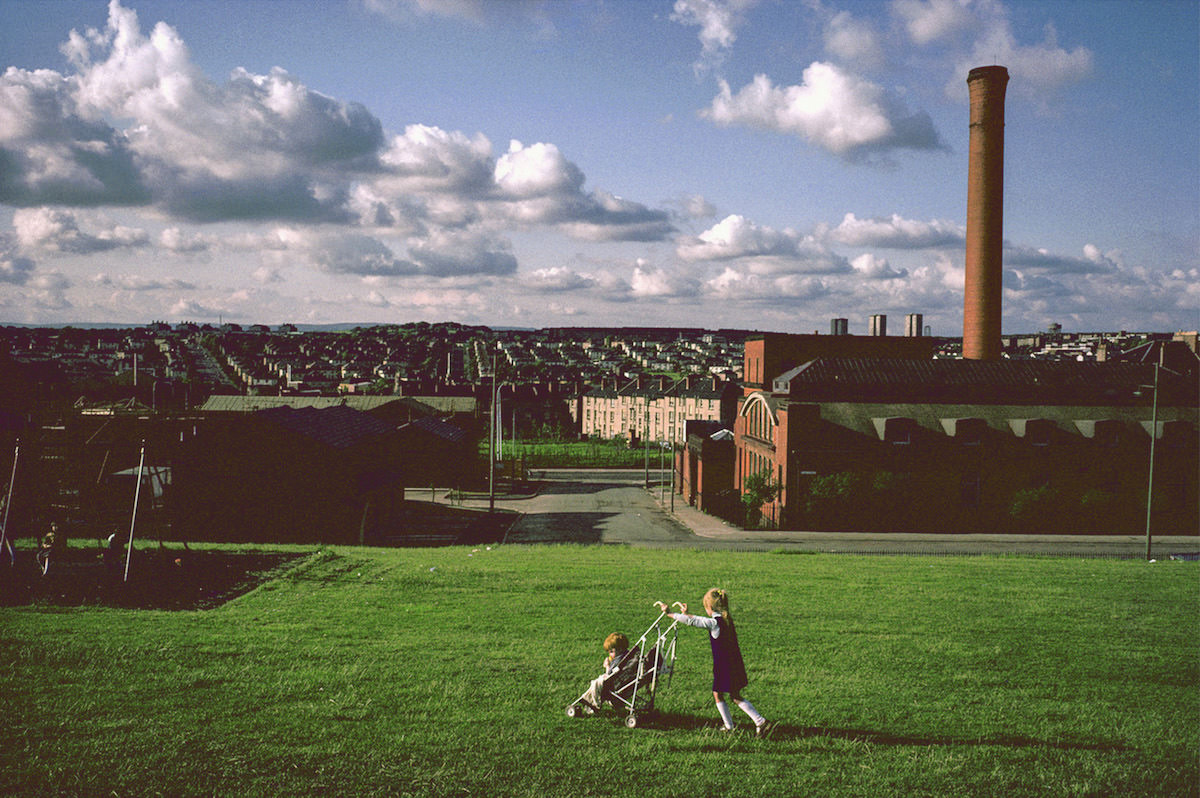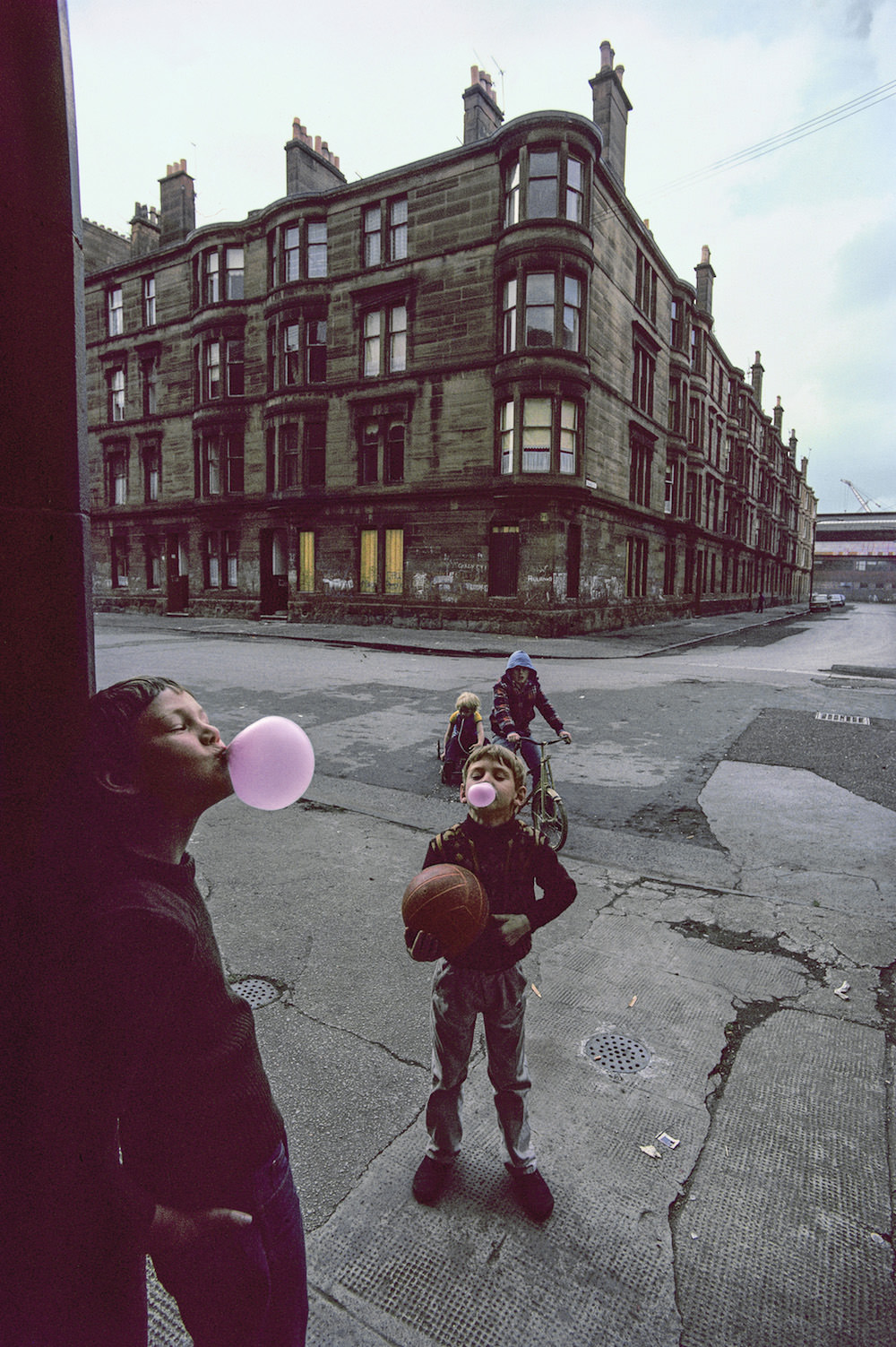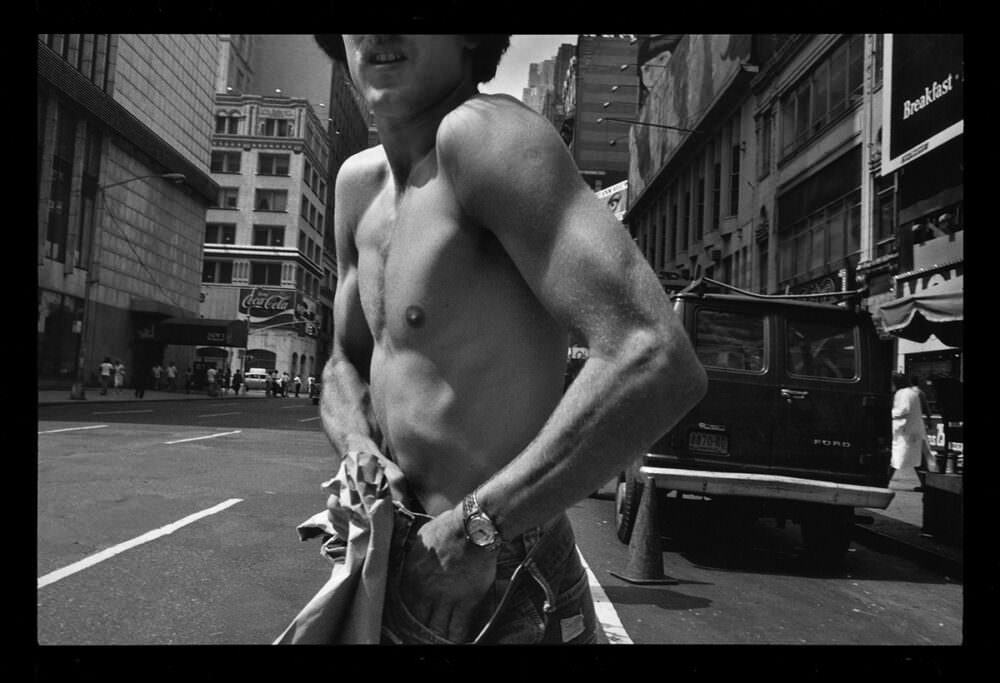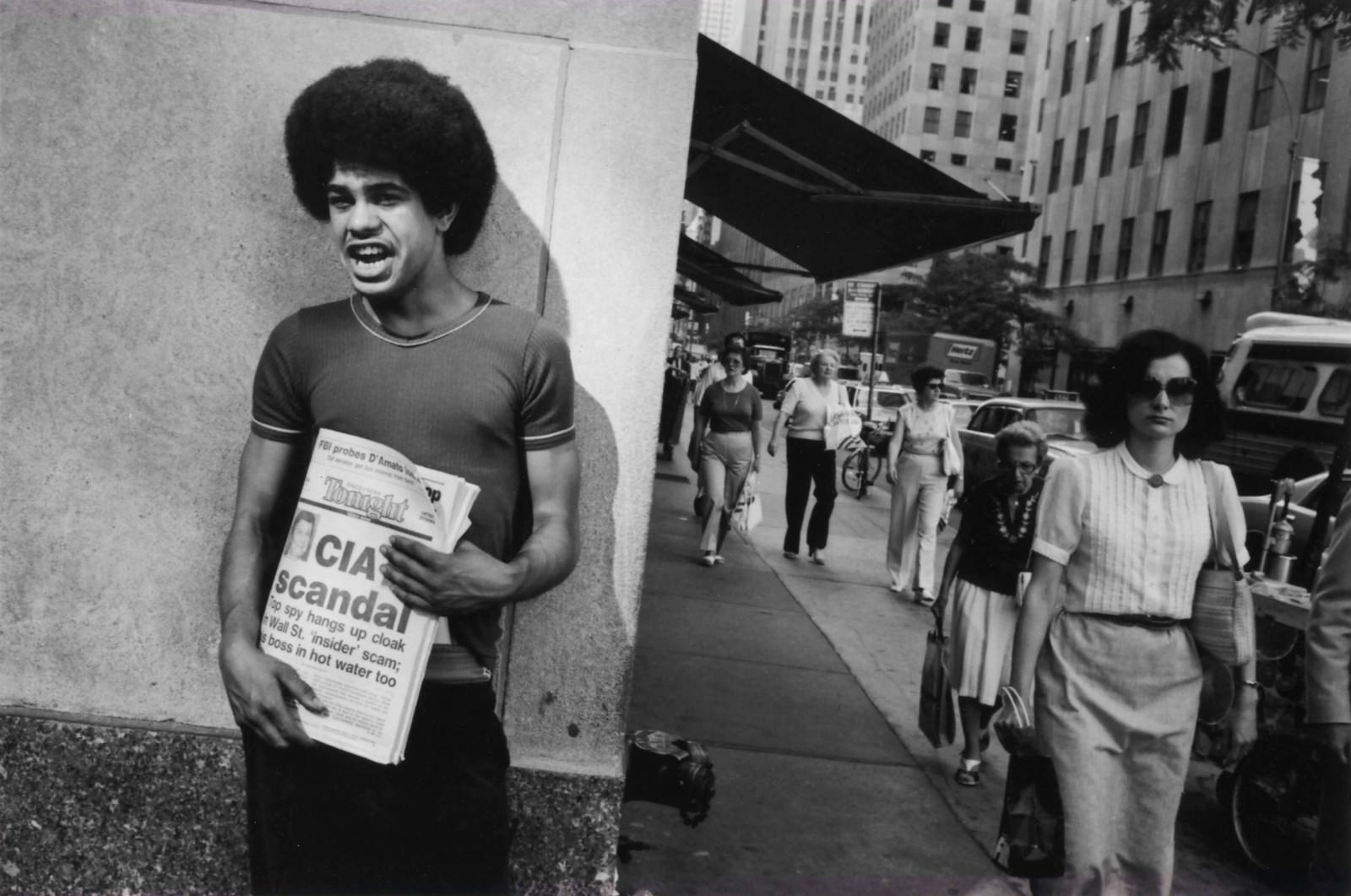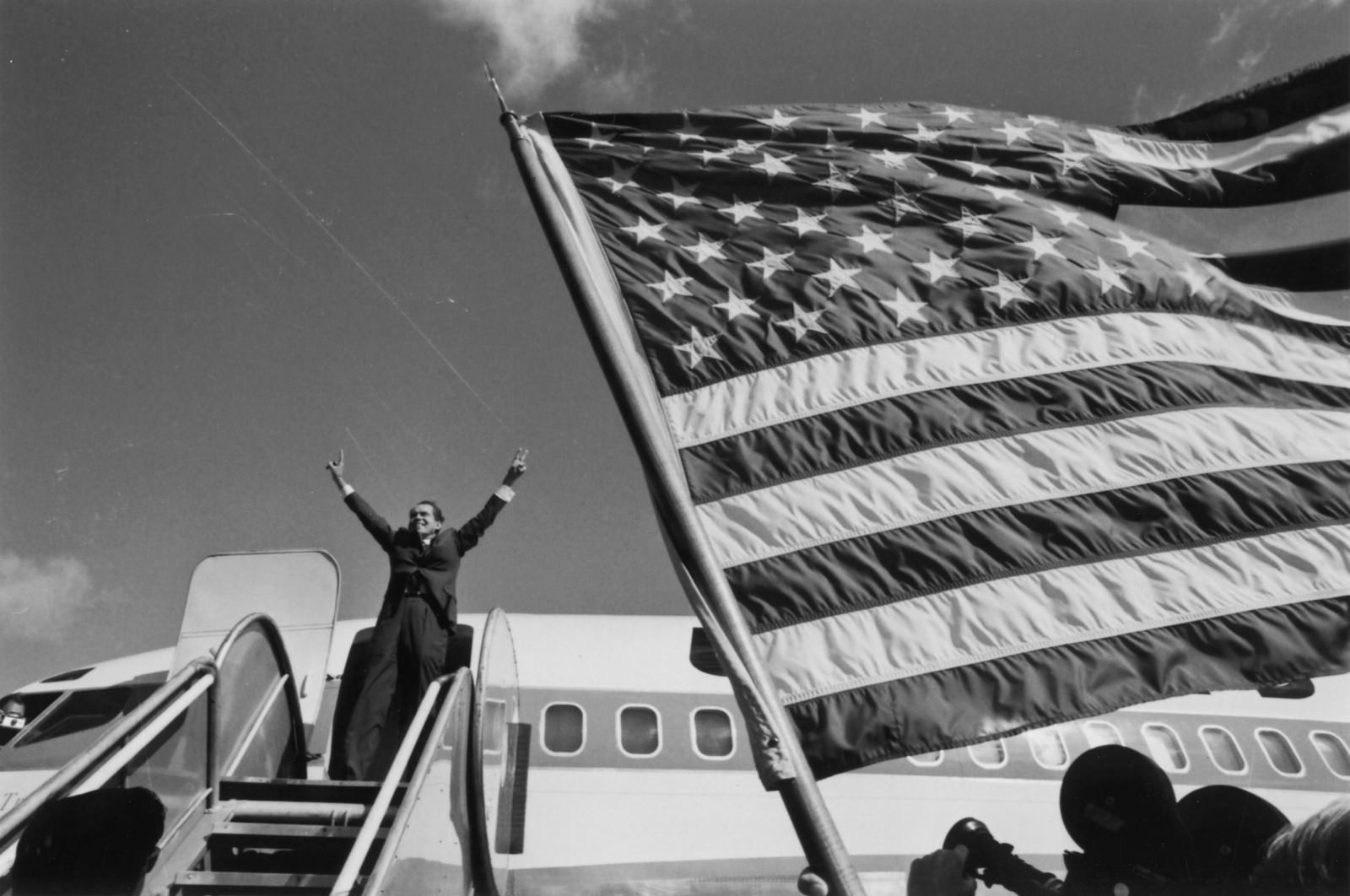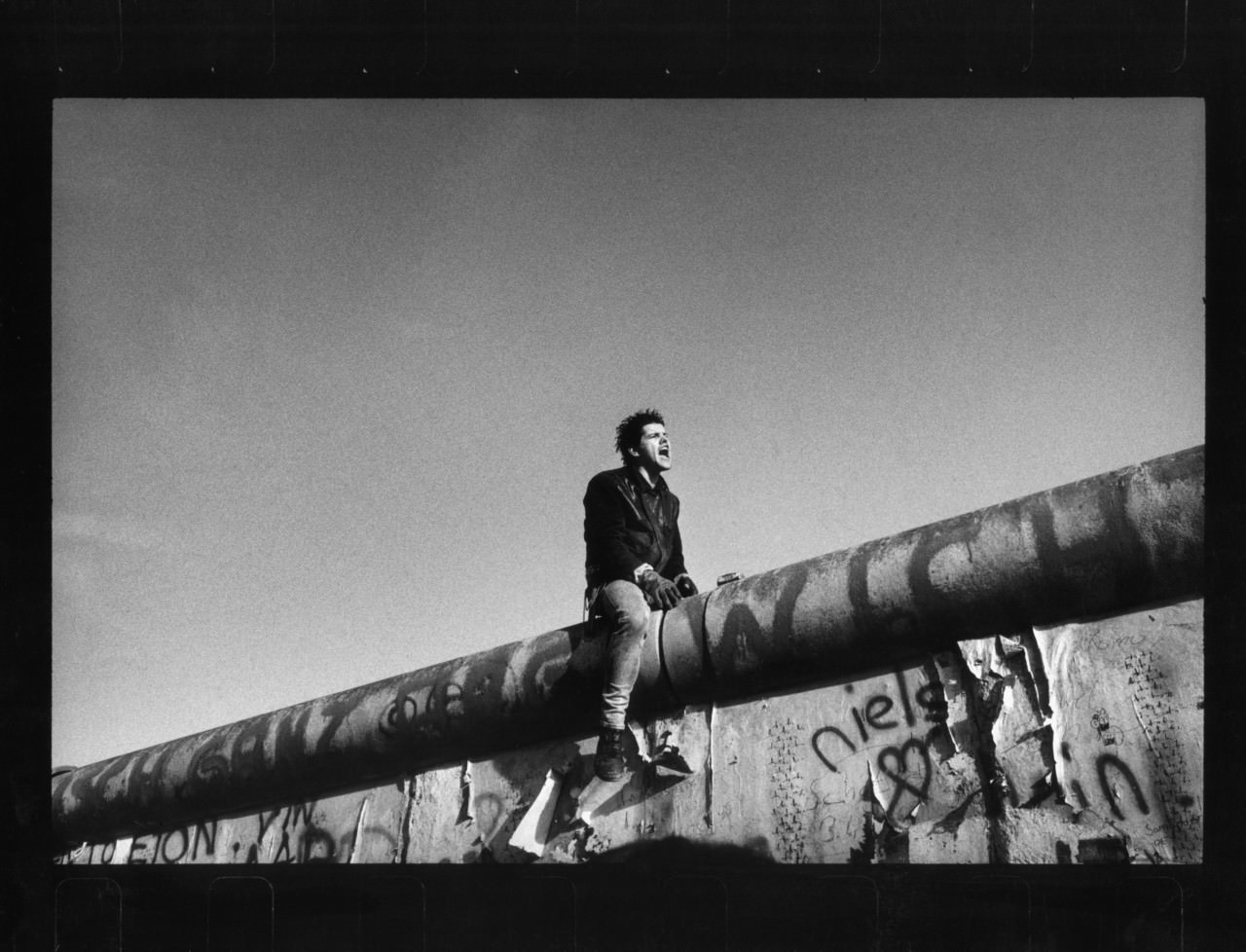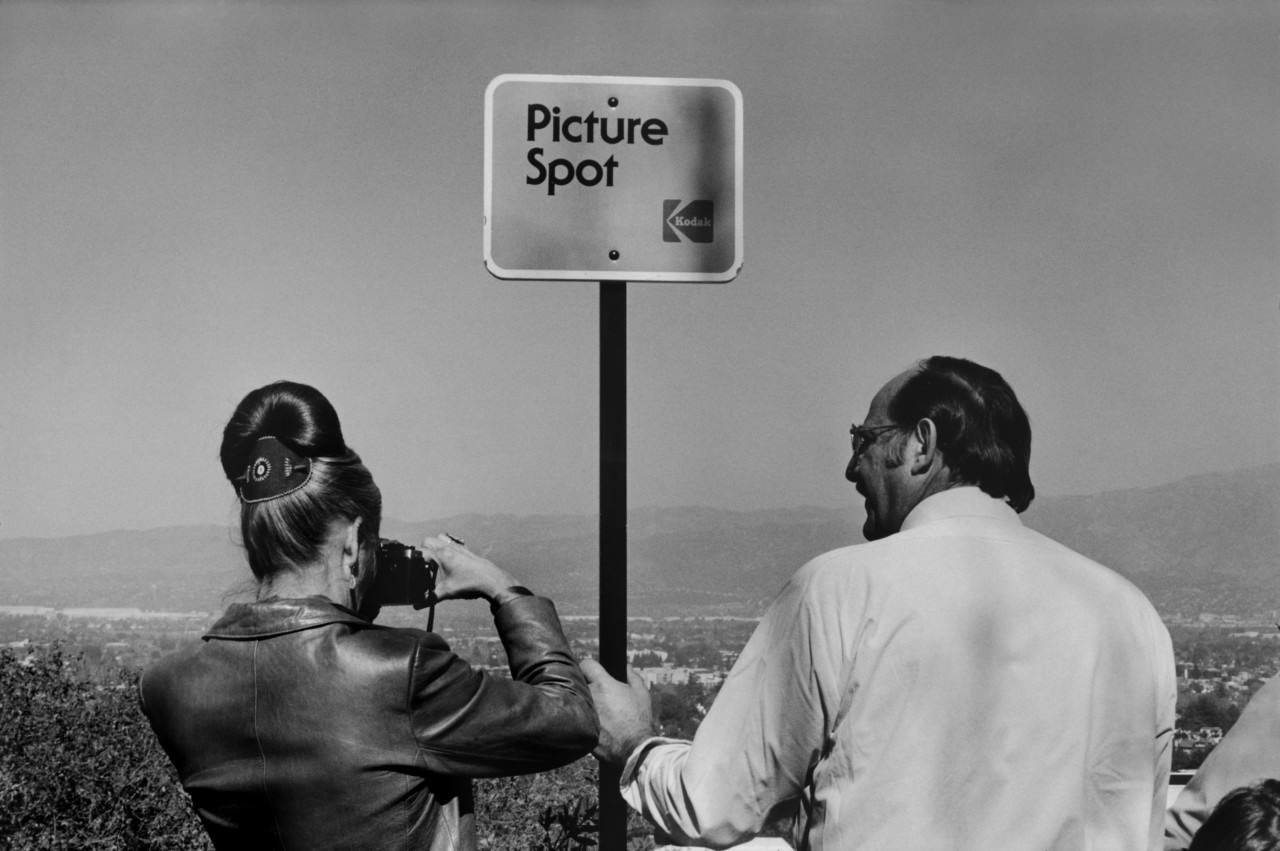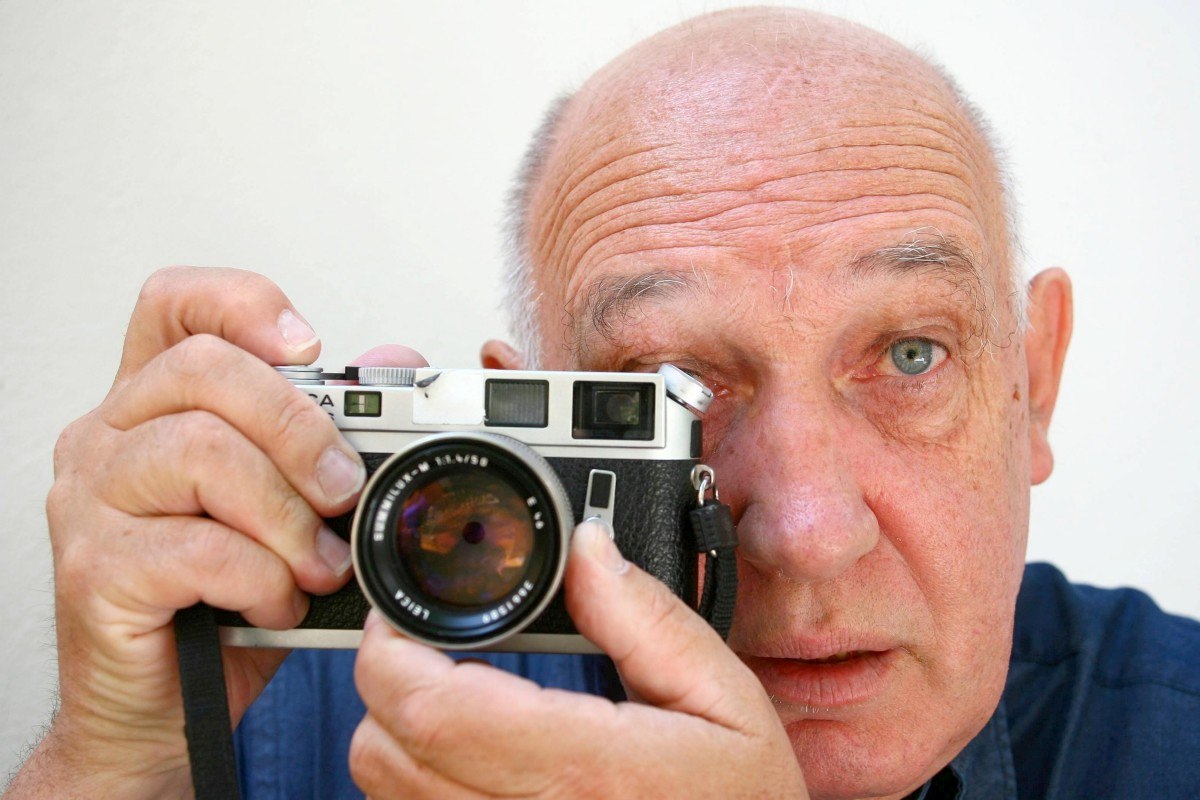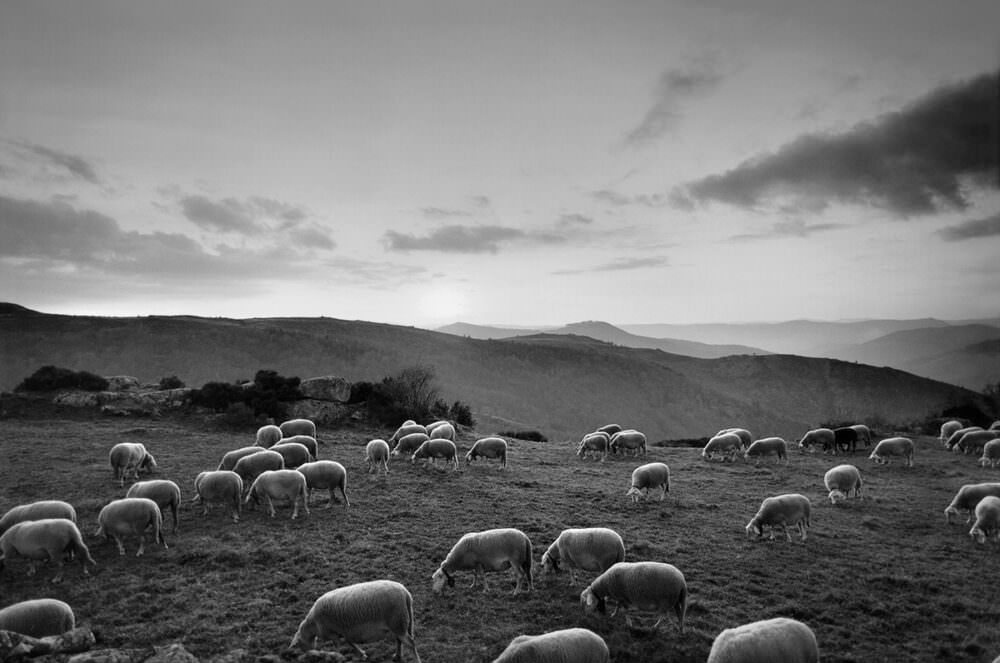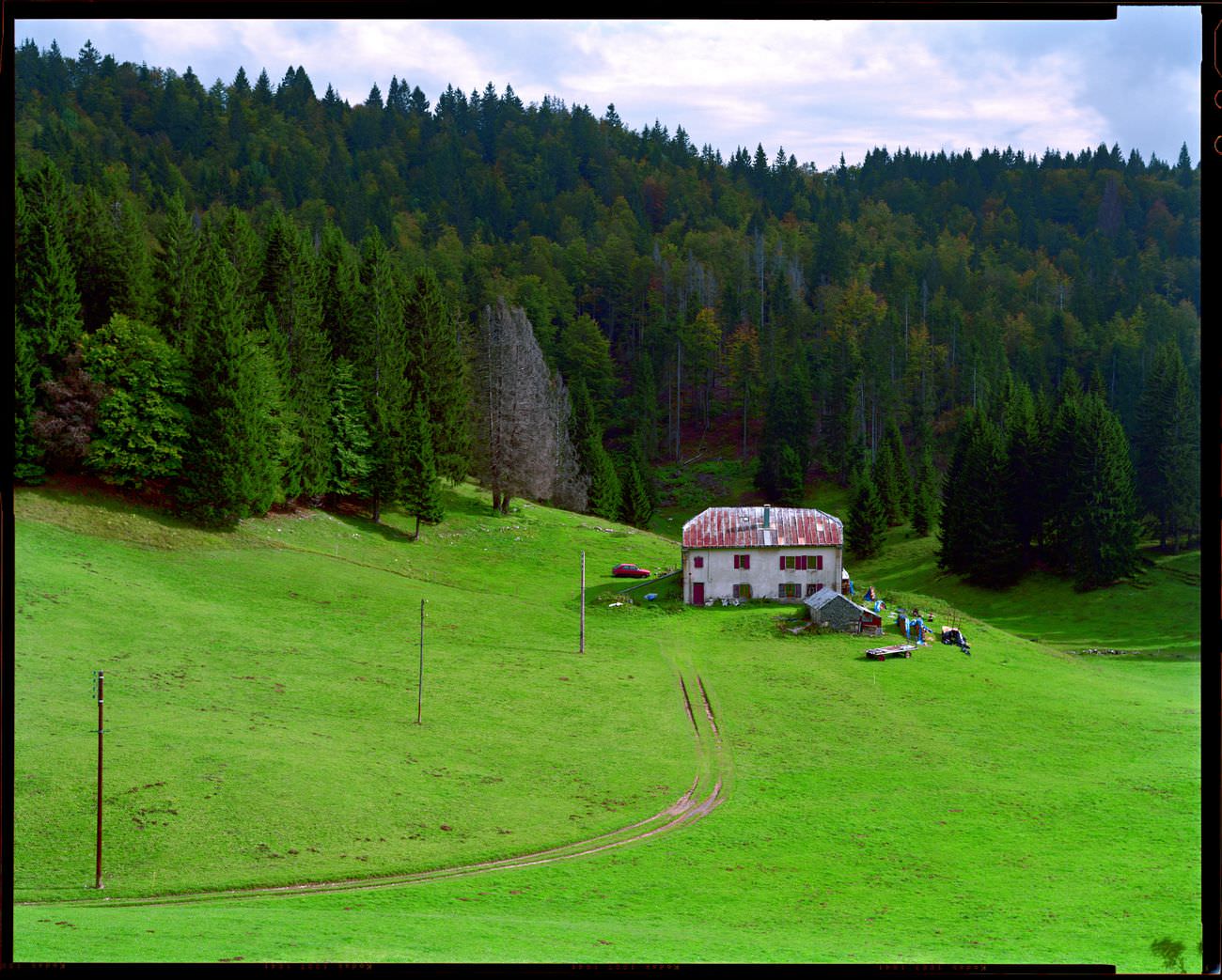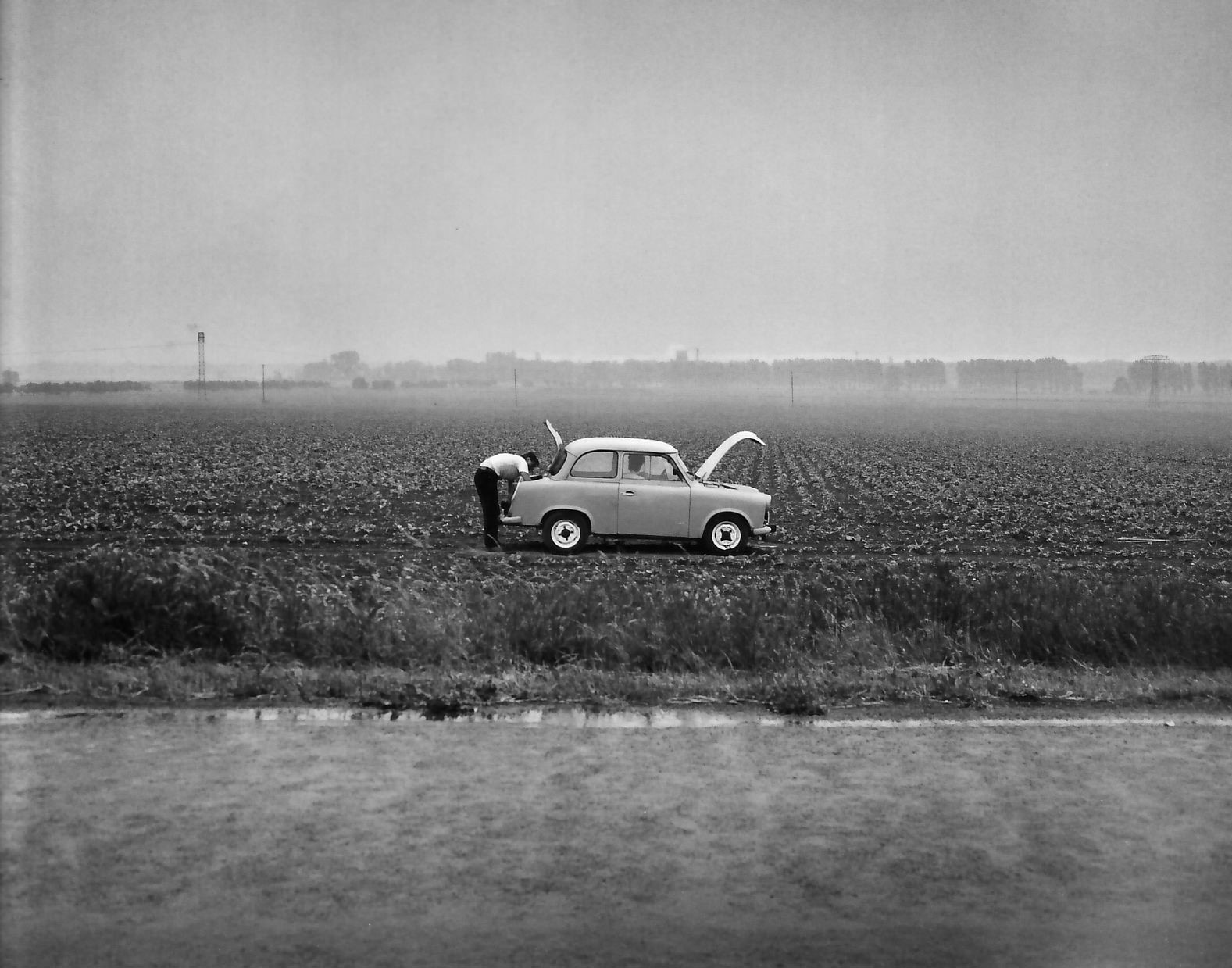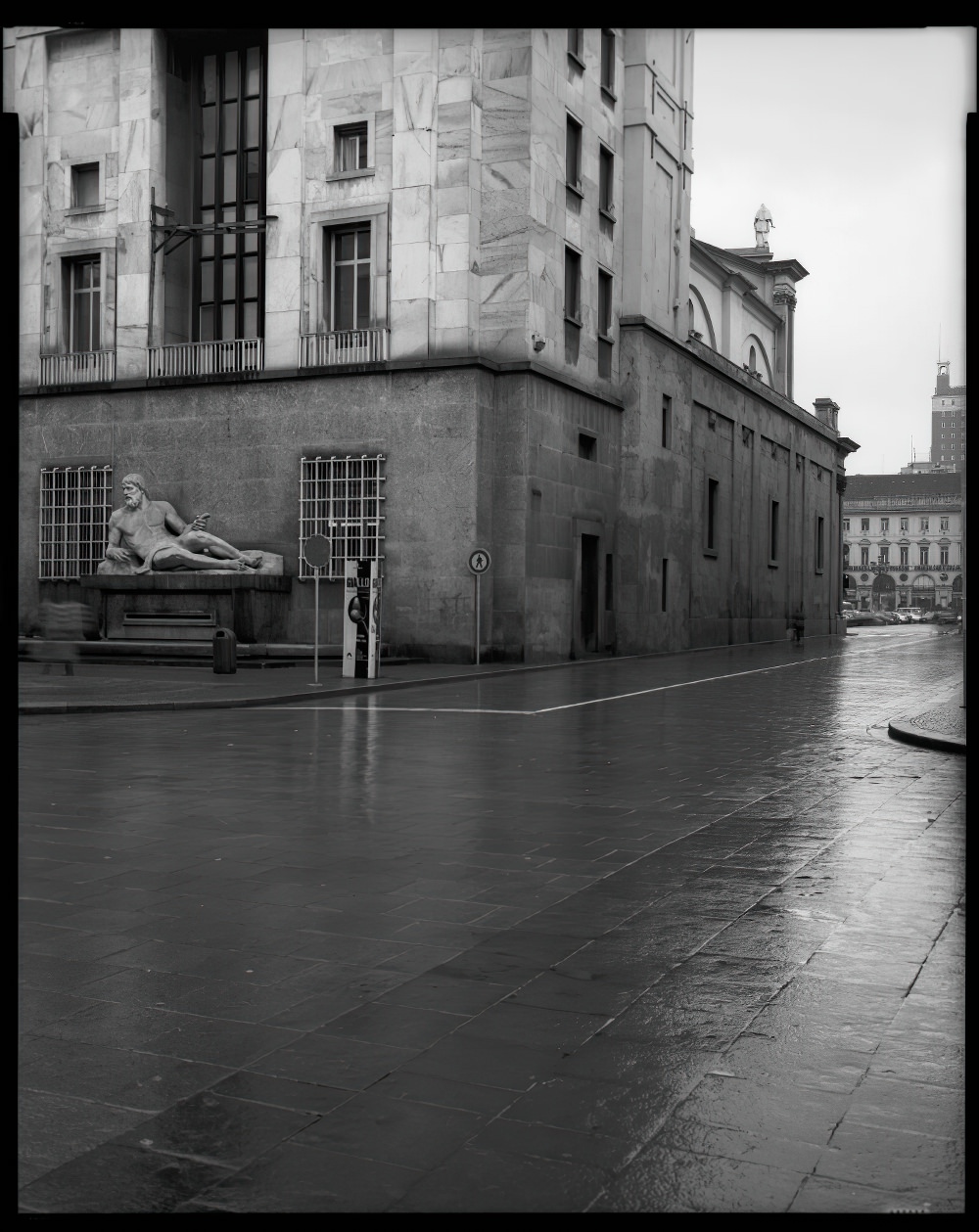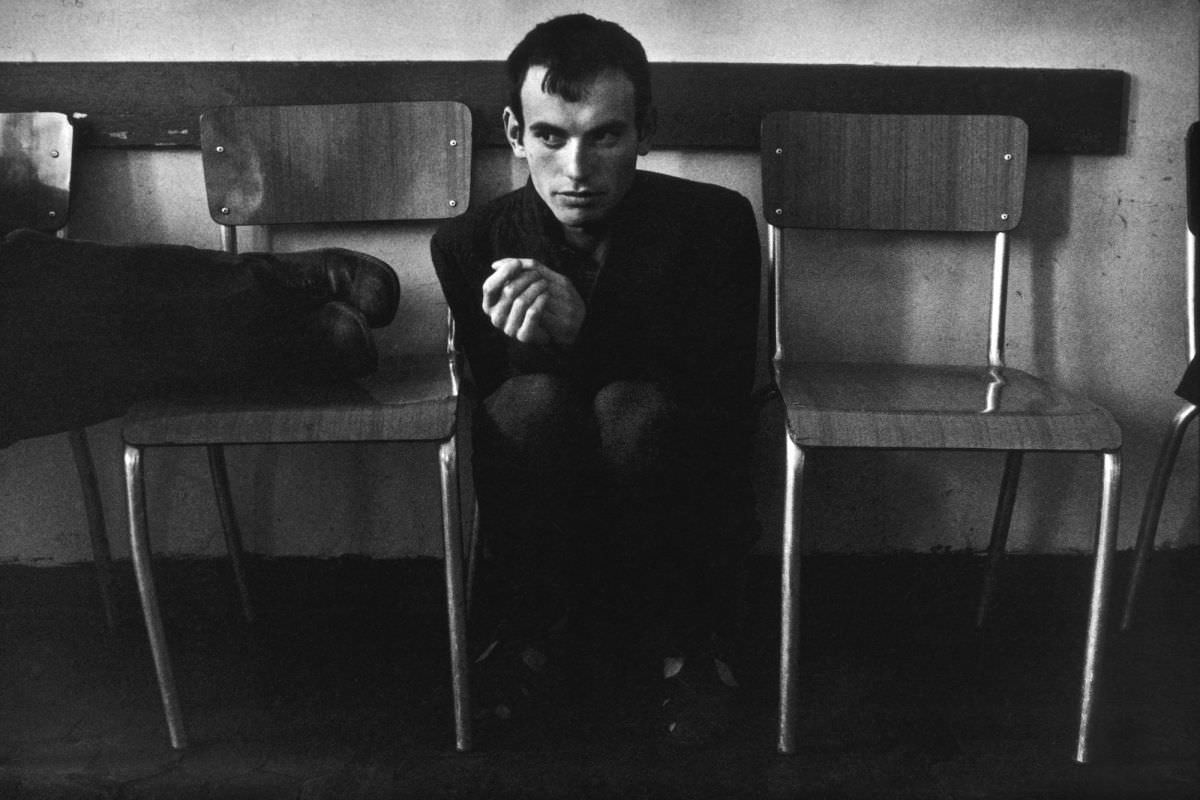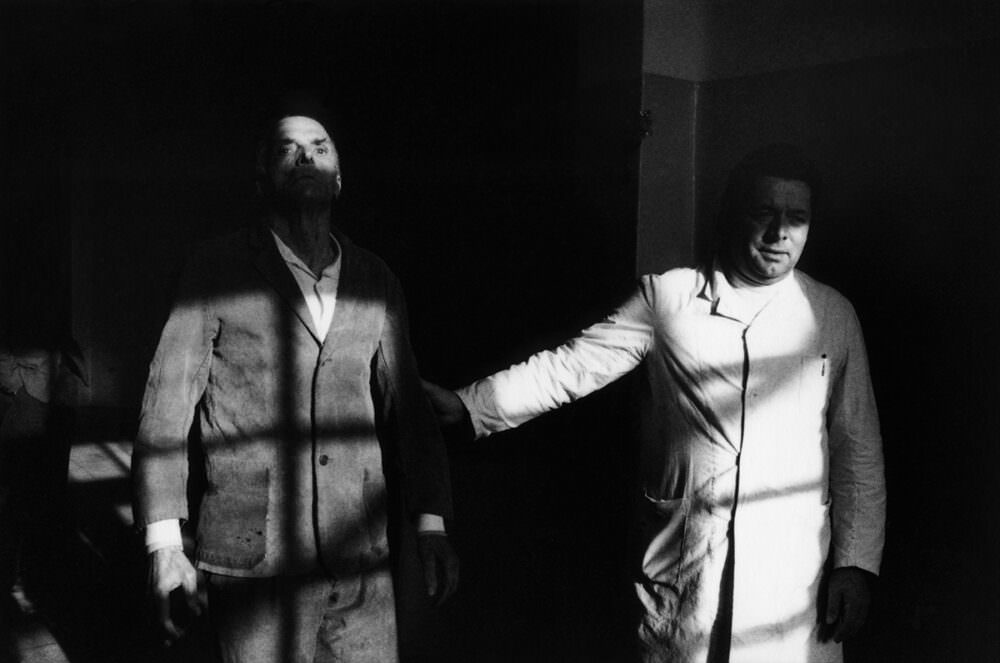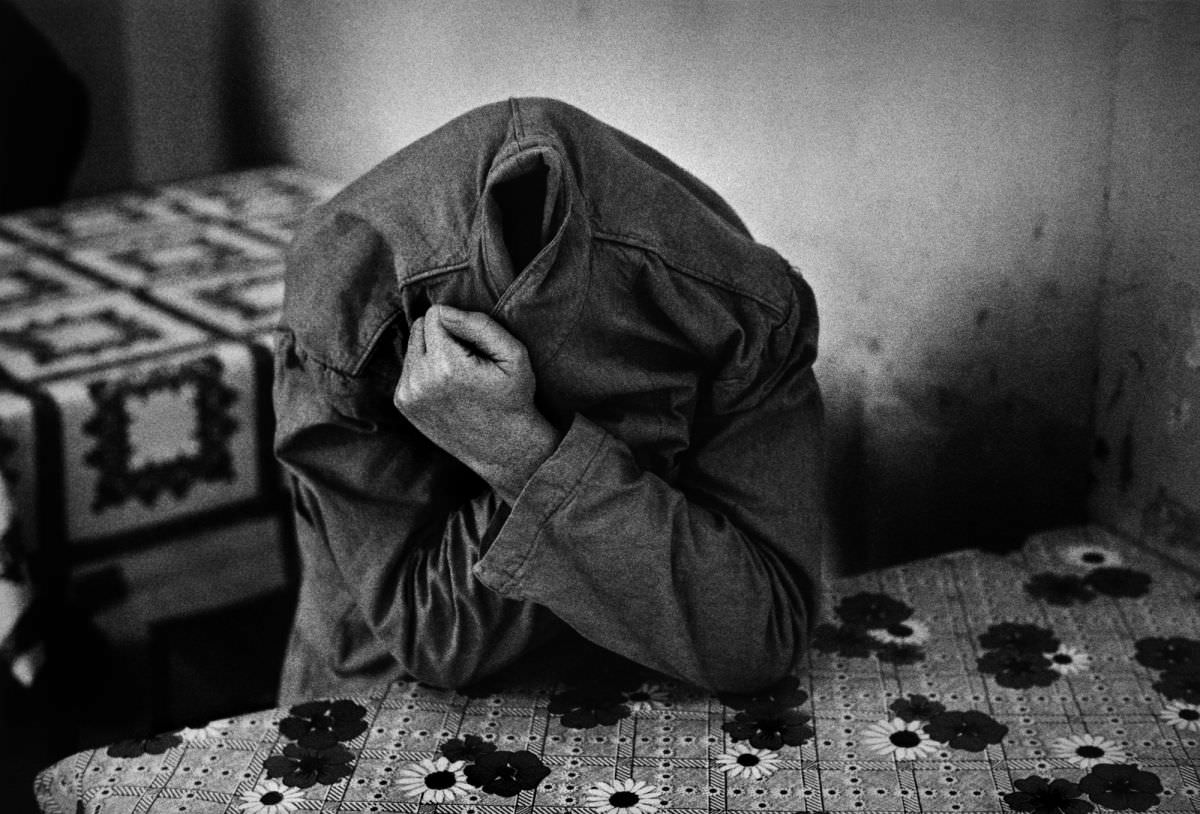Raymond Depardon: Modern Life
The Fondation Cartier pour l’art contemporain, in partnership with Triennale Milano, is presenting the largest ever solo exhibition of the French photographer and filmmaker Raymond Depardon.
Specially conceived by the artist for Triennale Milano, with the collaboration of the French artist Jean-Michel Alberola, La vita moderna shows the richness of Depardon’s work, the diversity of his subjects, and the coherence of his approach through eight photographic series, two films, and all of the books he has published to date. Depardon here highlights the continuity between French and Italian cultures and landscapes through celebrated series of images, as well as series on display to the public for the first time.
Sharing a common vision of creation and the desire to transform the exhibition space into a place of reflection on the great challenges of our time Triennale Milano and Fondation Cartier pour l’art contemporain have chosen, for the third exhibition in the program, to dedicate over 1300 m2 of exhibition space to the work of a photographer-filmmaker who travels the world, through cities and countryside, giving a voice to their inhabitants and casting a humanist gaze on the world. Constantly searching for the ideal distance from them, Raymond Depardon approaches his subjects with discretion and humility, patiently building a relationship with people or places, giving a voice to those who have none, showing each landscape as the site of a human experience through the lens of a camera or camcorder.
The exhibition Modern Life shows the richness of Raymond Depardon’s work, the diversity of his subjects, and the coherence of his journey, through eight photographic series, two films, and all the books he has published. Borrowing its title from the film that concluded the Profils paysans trilogy in 2008, the exhibition leads the visitor through a succession of questions that run through the artist’s entire body of work: Which subjects call for color and which call for black and white? How can the transformations of a landscape be evoked in an image? Where should the photographer stand and what is the ideal distance from the subject? How can we detach ourselves from the event to reveal the margins and borders? What is modernity in photography when you walk through a rural area or cross the streets of a post-industrial city?
Here the dualism – between black and white and color, between faces and landscapes, between ancestral land and modernity – does not lead to antagonism, but reveals attention to the world, a curiosity in motion, an open approach to the diversity of our age.
La vita moderna has been specially created for the Triennale Milano with the participation of the artist Jean-Michel Alberola and set against a scenographic backdrop designed by Théa Alberola.
The exhibition Modern Life, is also part of a long history that has linked Raymond Depardon and the Parisian institution for almost thirty years. Founded on a shared vision of our contemporary society, its challenges and defeats, the continuous dialogue has evolved and been enriched through numerous projects: 14 solo and group exhibitions, 19 books, and the production of eight films. The Fondation Cartier collection also contains 570 photographs by the artist from nine series (including the entirety of La France).
Some professional engagements have opened up new geographical spaces for the photographer, such as the Amazon rainforest, for various exhibitions: Yanomami, l’esprit de la forêt (2003), which was followed in 2008 by Terre natale, ailleurs commence ici. This latter was an exhibition conceived in collaboration with the philosopher Paul Virilio, exploring the concepts of rootedness and uprooting, and the issues arising from them. The idea of the homeland, fundamental to Raymond Depardon’s entire body of work, is one of the common threads running through the whole exhibition Modern Life.
About the Author
Raymond Depardon, born in France in 1942, began taking photographs on his family farm in Garet at the age of 12. Apprenticed to a photographer-optician in Villefranche-sur-Saône, he left for Paris in 1958.
He joined the Dalmas agency in Paris in 1960 as a reporter, and in 1966 he co-founded the Gamma agency, reporting from all over the world. From 1974 to 1977, as a photographer and filmmaker, he covered the kidnap of a French ethnologist, François Claustre, in northern Chad. Alongside his photographic career, he began to make documentary films: 1974, Une Partie de Campagne, and San Clemente.
In 1978, Depardon joined Magnum and continued his reportage work until the publication of Notes in 1979 and Correspondance New Yorkaise in 1981. In that same year, Reporters came out and stayed on the program of a cinema in the Latin Quarter for seven months. In 1984, he took part in the DATAR project in the French countryside.
While still pursuing his filmmaking career, he received the Grand Prix National de la Photographie in 1991. His films also won recognition: in 1995 his film Délits Flagrants, on the French justice system, received a César Award for best documentary, and in 1998 he undertook the first in a series of three films devoted to the French rural world. The Maison Européenne de la Photographie in Paris mounted an important exhibition of his work in 2000. The sequel to his work on French justice was shown as part of the official selection at the Cannes Film Festival in 2004.
As part of an initiative by the Fondation Cartier for contemporary art, Depardon made an installation of films on twelve large cities, shown in Paris, Tokyo, and Berlin between 2004 and 2007. In 2006, he was invited to be the artistic director of the Rencontres Internationales d’Arles. He has made eighteen feature-length films and published forty-seven books.
Raymond Depardon: Modern Life
From October 15, 2021, to April 10, 2022
Triennale Milano – Italy
More info on:

